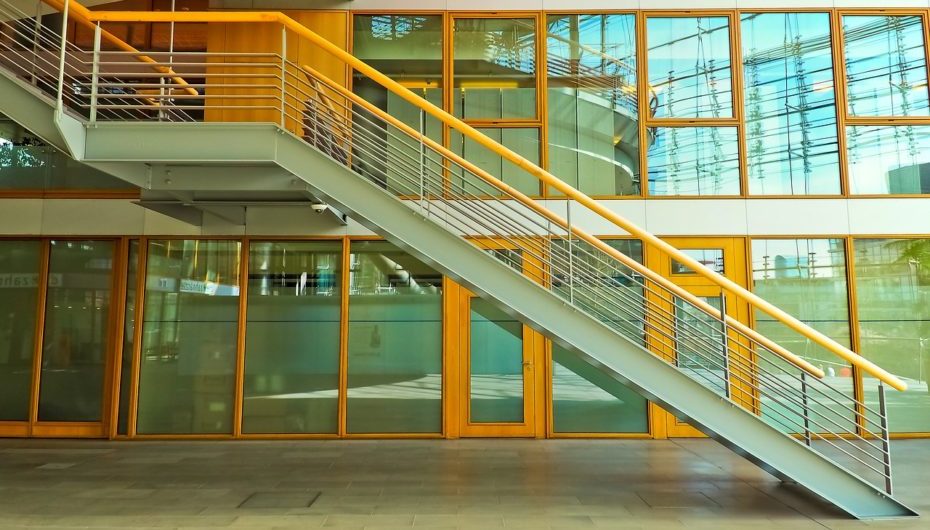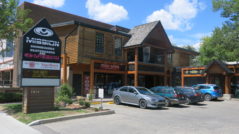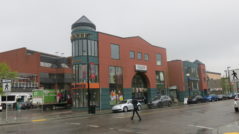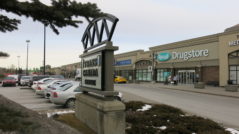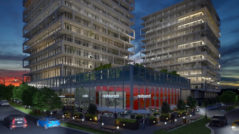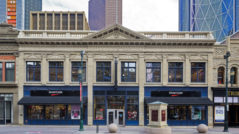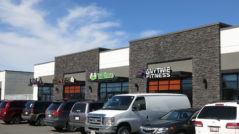Knowing the total rentable square feet of your commercial property is the best way to evaluate its worth to you as a commercial landlord. Although calculating rentable square feet seems fairly straightforward, it may not be so simple. One fact that can have a great impact on rentable square feet is if you have multiple tenants in one property.
In this article, you will find out how to calculate usable square feet and rentable square feet.
What are usable square feet?
In a nutshell, the usable square footage is the total floor area that is exclusively available to the tenant. The usable square feet is the area that the tenant occupies from wall to wall. Usable square feet includes restrooms that are only used by the tenant and any exclusive storage areas or closets. However, it doesn’t include communal areas or shared restrooms.
What are rentable square feet?
Rentable square feet takes into account a portion of any communal areas that the tenant has use of, plus the usable square feet. So, rentable square feet includes lobbies, hallways, shared storage spaces, and shared restrooms. When calculating rent for tenants, you always base it on the rentable square footage.
However, there is another factor that you need to take into consideration, and this is load factor.
Load factor
Basically, load factor calculates the percentage of the usable floor area that each tenant should pay. In the end, this is the major factor in the cost of rent for each tenant. To calculate the load factor, you should divide the building’s rentable square footage by the building’s usable square footage. Then this figure is used to calculate the rent for each individual tenant.
For example:
A building has a total square footage of 150,000 and from this, there is 115,000 useable square footage. That means the load factor is 1.30. Therefore, if one tenant has 6,000 useable square feet, you multiply this number (6,000) by the load factor (1.30). So, the tenant has 7,800 rentable square feet.


